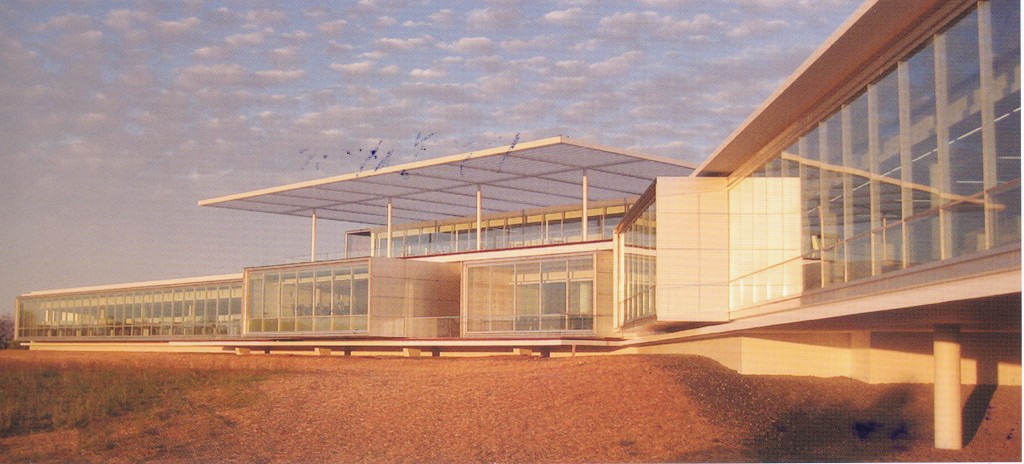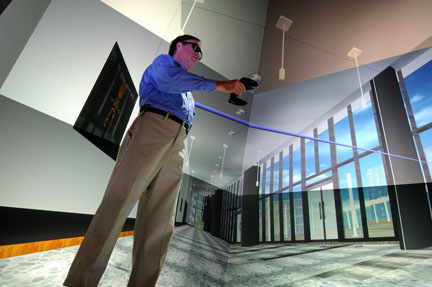In this post I’m going to adopt some extreme positions about realistic architectural renderings:
They are bad for our clients.
They are bad for architects.
We should not make them.
Don’t agree? OK, let’s talk.
First of all, let’s agree on what we mean by “realistic”. We’re talking about presenting the design of a work of architecture to a client. Realism should mean being like the finished project. But of course a rendering can’t be realistic in this sense; it can only be “realistic” in the sense of being like a photograph of the project. This raises two issues. First, renderings exploit the much-criticized tendency to judge works of architecture by looking at photographs of them. Second, if we ask clients to judge the experience of their projects based on simulated photographs, we may wind up designing images instead of buildings.
The fallacy of judging architecture from photographs has been discussed countless times, but I’ll summarize it here. Photographs can be manipulated by photographers to affect their viewers in specified ways. In the Photoshop era, this is truer than ever. The photographer controls framing, composition, lighting, exposure, depth of field, color balance and other variables to produce sought-for effects. All of these variables are aspects of photography, not real experience. In order to view a photograph as realistic, the viewer must also ignore the fact that it is two-dimensional, limited in its range and captures only a single instant.

When we judge architecture from photographs or renderings, we are also neglecting the effects of time, movement and memory as well as our other senses on our experience of architecture. We usually ignore these things because we are so thoroughly accustomed to looking at photographs as representations of reality. When dealing with architecture, we need to remember they are not. Our clients need to be reminded that they are not. But why are we showing them renderings if not in the hope that they will see these images as experiences of the project? By showing clients realistic renderings of their projects, we’re capitalizing on the fallacy of judging architecture from photographs.
The second issue is an even more serious problem for architecture: we may end up designing images rather than actual experience. When realistic renderings are used to communicate the experience of a project, a client’s understanding of that experience becomes an experience of images. Architects in turn are motivated to adopt the same attitude. We focus our attention on the renderings as the objects of our design- we design an image rather than the building. We may find ourselves reducing experience to images in our own minds.

Contrast this situation with that prior to the advent of realistic renderings. No one could mistake even the best hand-drawn perspective for an experience of an actual building. In such drawings, the liberties taken by the draftsman were obvious, even celebrated. The qualities of the drawing itself were of great interest. The intention was to convey an idea about the project, and the drawings were viewed in that spirit. There was an implicit recognition that the experience of the completed project could not be represented: it was of a different order. The separation between representation and reality was guaranteed.

The more aspects of reality we try to simulate, the worse the problem becomes. The simulations grow increasingly seductive but still cannot reproduce experience. Animations and walk/fly-throughs give an experience of movement, but again their seeming realism deceives: they’re subject to even more manipulation than static images. Architects are now designing an animation instead of an image, but their attention is still on a simulation, not on actual experience. Virtual reality is just another step in this direction. If we design simulations, our built work will have the qualities of simulations.
Now that we have tools that can give the illusion of breaching the separation between image and reality, it is up to us as architects to maintain it. We cannot allow our understanding of architectural experience to be shaped by simulation. Given the appeal of simulations for our clients, unilateral disarmament (that is, individual firms renouncing the use of renderings and the like) is a bad business strategy. We must refuse to produce these artifacts as a profession, on the ethical grounds that they deceive our clients and make us less effective designers of the built environment. And we will incidentally be saving architecture from becoming endless simulation.


